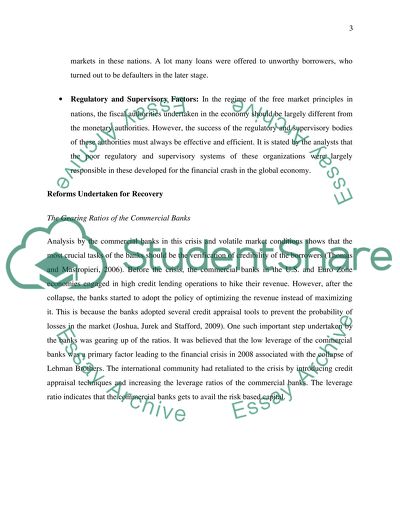Cite this document
(“'Five Years after Lehman's Collapse: Have the problems of the Essay”, n.d.)
'Five Years after Lehman's Collapse: Have the problems of the Essay. Retrieved from https://studentshare.org/macro-microeconomics/1488294--five-years-after-lehmanyies-collapse-have-the
'Five Years after Lehman's Collapse: Have the problems of the Essay. Retrieved from https://studentshare.org/macro-microeconomics/1488294--five-years-after-lehmanyies-collapse-have-the
('Five Years After Lehman'S Collapse: Have the Problems of the Essay)
'Five Years After Lehman'S Collapse: Have the Problems of the Essay. https://studentshare.org/macro-microeconomics/1488294--five-years-after-lehmanyies-collapse-have-the.
'Five Years After Lehman'S Collapse: Have the Problems of the Essay. https://studentshare.org/macro-microeconomics/1488294--five-years-after-lehmanyies-collapse-have-the.
“'Five Years After Lehman'S Collapse: Have the Problems of the Essay”, n.d. https://studentshare.org/macro-microeconomics/1488294--five-years-after-lehmanyies-collapse-have-the.


